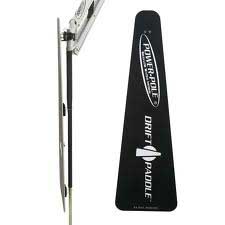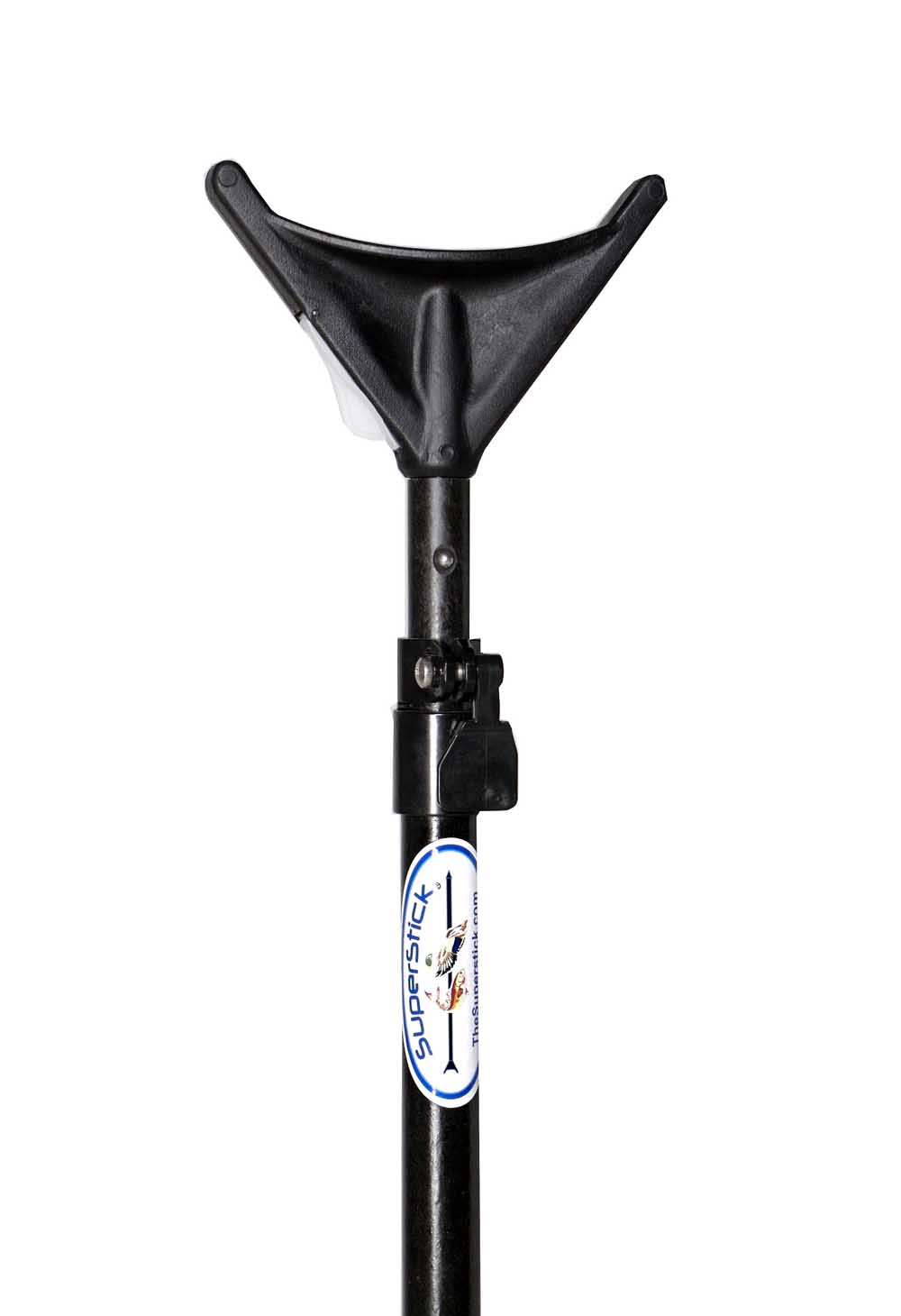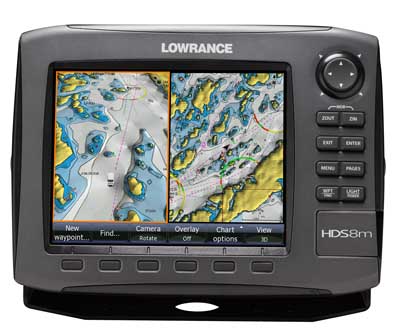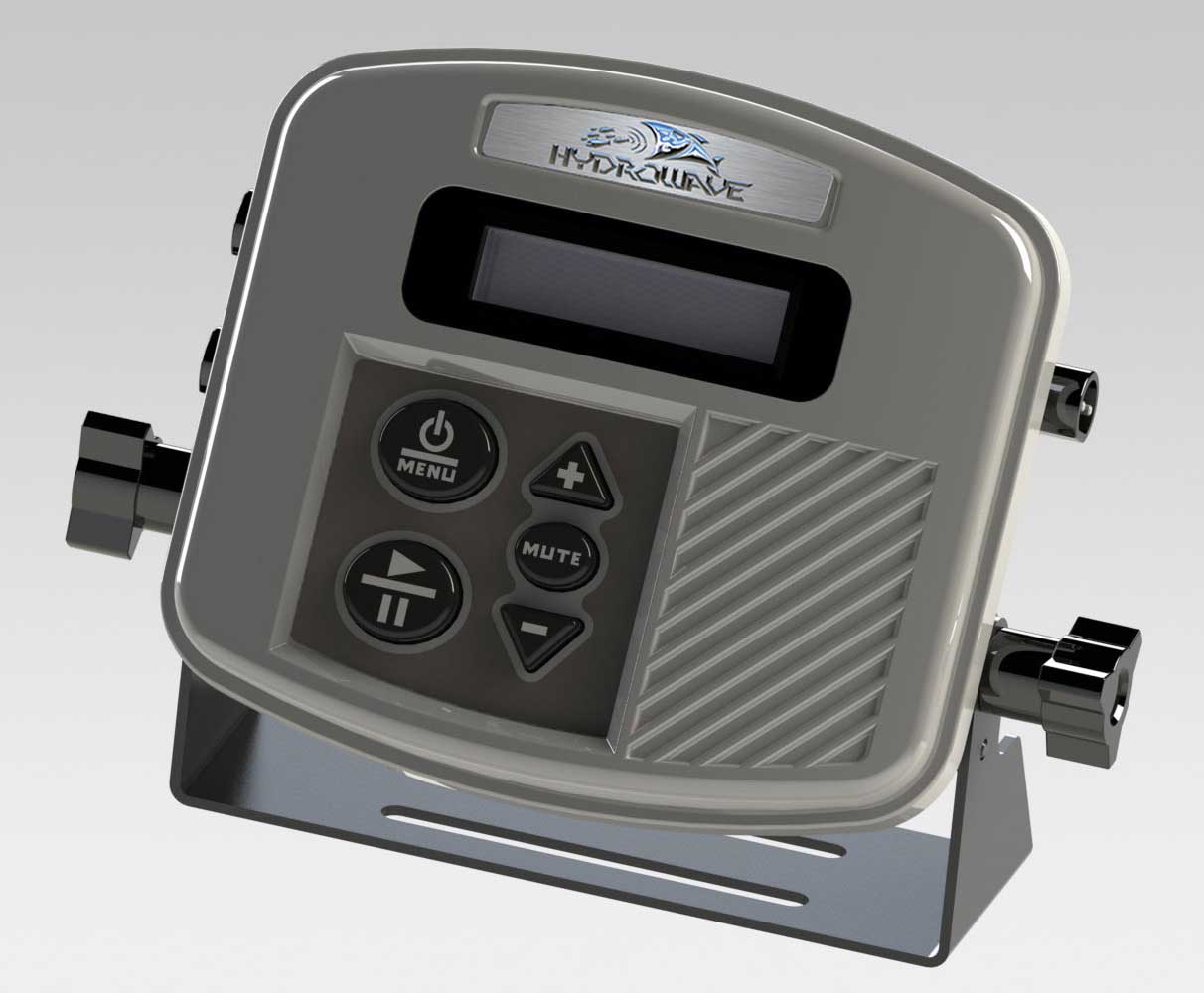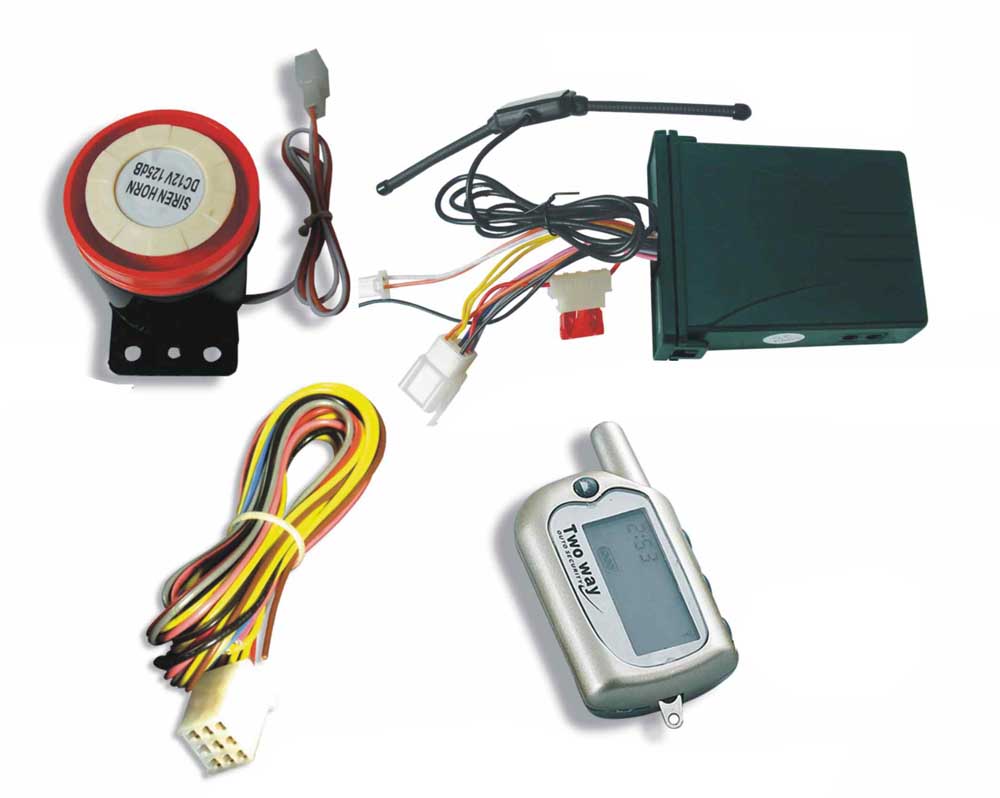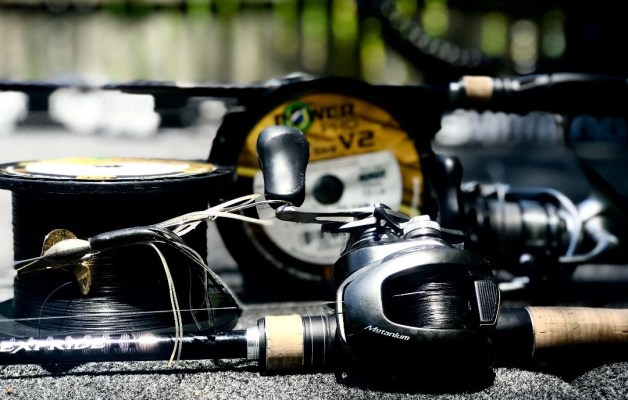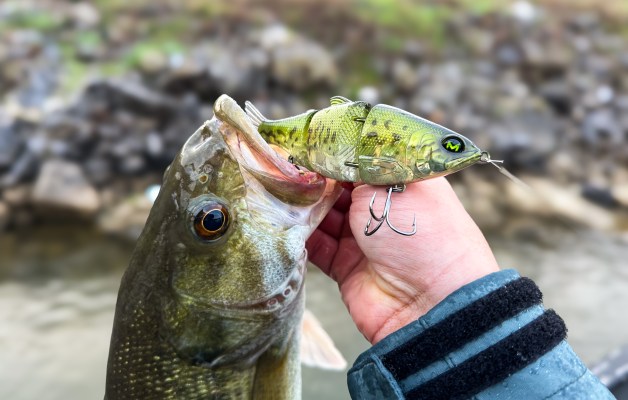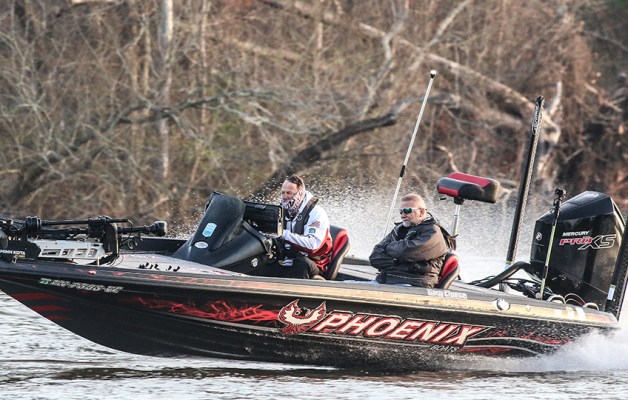It’s no secret that the fishing industry relies on professional anglers for input on product development. Manufacturers have been tapping the tour, so to speak, for decades.
Whether it’s fishing lures, foul weather gear or outboard motors, these companies know pro anglers are the best test for the products they’re trying to bring to market.
From an angler’s perspective, the opportunity to test new product is always a plus. Having something new and different can often lead to a competitive edge, like when a new lure is introduced — something neither the fish nor the competition has seen. Who wouldn’t want that advantage?
The same goes for the equipment we rely on. Whether you’re a touring pro or a weekend warrior, having the right tool for the job is important. And with that in mind, here’s a quick list of what’s hot on the water.
Shallow-Water Anchoring Systems
Since the advent of the trolling motor, few marine products have been received like the shallow-water anchoring system. First to market was the Power-Pole. And though the skeptics initially dismissed this product’s radical design, nowadays it’s considered standard equipment on most tournament boats.
Developed by John Oliverio of JL Marine Systems in Tampa, Fla., his ingenious anchoring device has made all who use it better anglers. In fact, Elite Series pros have become so reliant on the Power-Pole, more often than not you’ll find tandem poles mounted to each competitor’s boat.
Numerous colors and models are available, and they come in lengths of 4, 6, 8 and 10 feet. With wireless remote switching and customized mounting brackets included, installation is made simple.
And if that isn’t enough, the company has now delivered a viable option for open water drift fishing. Instead of using a traditional sea anchor, anglers can now attach JL’s new Drift Paddles to their Power-Poles. These adjustable paddles can be stationed in seven different positions to control drift speed and/or direction. And they can be attached or removed easily.
So instead of spending time and energy retrieving a 400-pound bag of lake water, simply retract the poles and the paddles are lifted out of the water for you. That translates to more time fishing and a lot less fatigue. Find out more at www.power-pole.com.
Poles That Push
Anytime bass are super shallow, stealthy boat control is important. Never was this point made more clearly than during the Bassmaster Elite Series tournaments held in Florida this past season. The pros learned they could catch far more fish by push-poling through the spawning flats, rather than plowing them over with a trolling motor.
There are many push poles on the market, and most do a good job, but for many pros, the ones that can be stored in a rod locker are favored. Among them is the SuperStick — a 2-piece telescopic pole designed to gain traction on different bottom compositions. One end features a duck foot for soft bottoms, the other has a spiked tip for hard bottoms.
The company also offers multiple attachments to make the SuperStick a more versatile tool. Press the quick-release button and you can swap attachments, converting the pole into a paddle, landing net, lure retriever, deck mop, or other useful tool.
The SuperStick sells for under $200 and comes in two expandable lengths — 6 to 10 feet and 9 to 17 feet. Find a dealer online at www.thesuperstick.com.
Catchy Culling Devices
Catching lots of fish on tournament day is always rewarding, but culling them can be frustrating and time consuming. That’s why today’s culling systems are so invaluable — they help reduce the amount of time it takes to get a lure back in the water.
Survey the field at any B.A.S.S. event, and you’ll find there’s a wide variety of culling systems in use. For me, I rely on two: the more traditional culling beam by Extra Edge Fishing and the new Rapala Touch Screen Scale (Tournament Model).
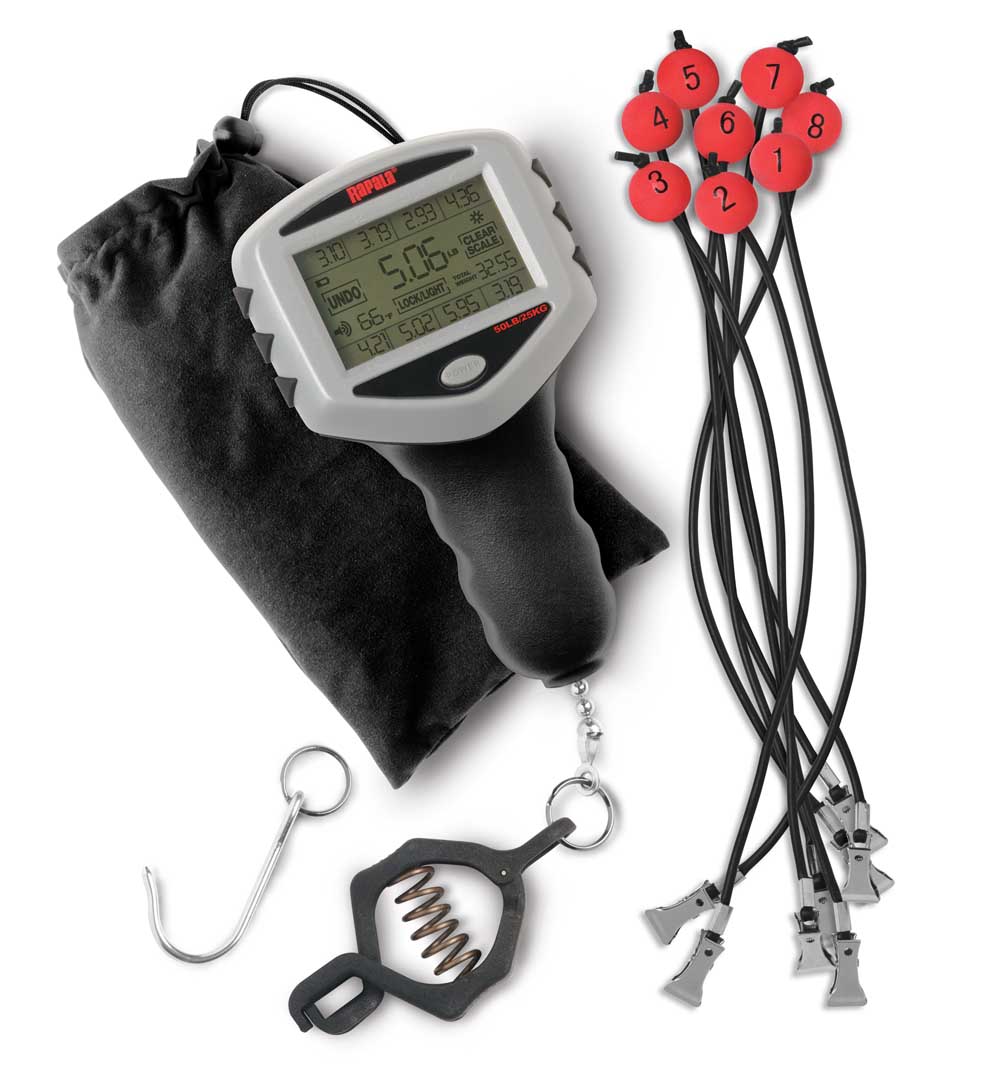
If I’m working with a pair of fish that are approximately the same size, I may use the Extra Edge beam. But normally I rely on the Rapala scale exclusively. The kit comes complete with numbered floats for marking individual fish. As weights are recorded, the unit assigns a number to each fish, then tells you which to cull once you’ve exceeded your limit.
This highly accurate digital scale renders weights in pounds and ounces or kilograms, and it’s backlit for easy reading. It’s simple to use and water resistant. Find it at www.rapala.com.
Tools — Literally
Every angler relies on basic tools, such as pliers and scissors. They’re considered essential equipment. But finding them when you need them can be a problem.
Rapala helps out again with their Magnetic Tool Holder Combo Kit. With a trio of practical fishing tools, the kit securely holds each tool inside a magnetic sleeve. The kit includes side cutters, scissors and needle-nose pliers — all made of high grade stainless steel.
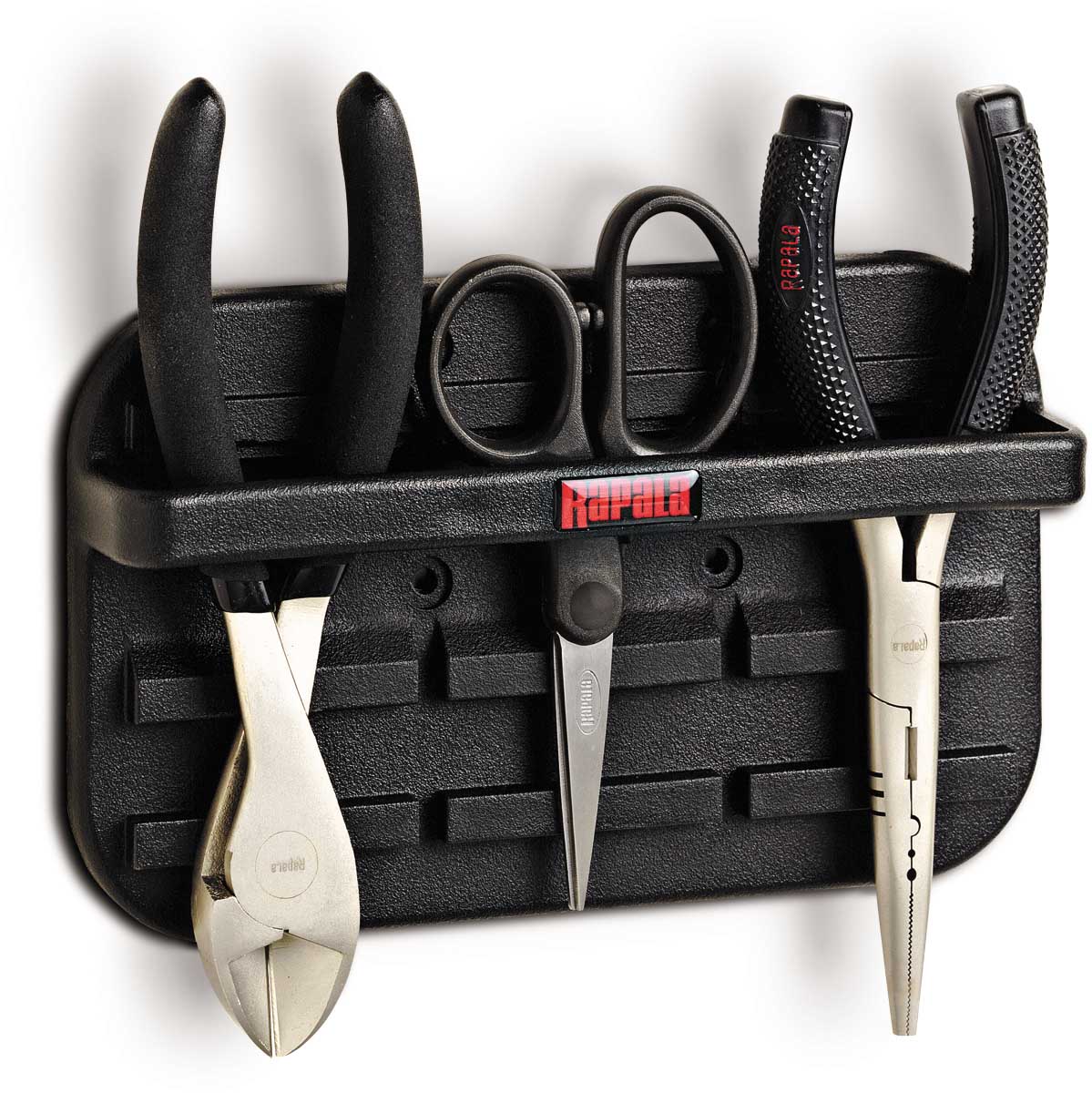
The scissors will cut everything from fine fluorocarbon to heavy braid and are guaranteed to hold an edge. I rely on the side cutters for snipping wire or those times when a fish is hooked deep. The needle-nose pliers have special grooving which enable you to crimp and shape wire, and they also cut. As for the magnetic holder, this pays for itself anytime there’s a chop on the water. I know my tools will be in place regardless of how rough it gets.
Rapala offers a full line of angling tools, many of which will fit in the magnetic sleeve. Mount the tool holder against any surface externally or inside a compartment, and find your tools when you need them.
Electronic Tools
Electronics are so advanced these days, they pretty much eliminate the guesswork in finding structure fish — particularly when it comes to side scanning. When set up correctly, it’s incredible how much detailed information these units can deliver.
Humminbird started the ball rolling with its Side Imaging series, then Lowrance followed suit with Structure Scan. Both work extremely well at reading subsurface features or interpreting fish from the objects they relate to. What was once detected only through vertical observation has now become a 360 degree field of recordable imaging.
Add to that the capability of integrating custom mapping with satellite imagery, and finding targets like submerged bridges or old fence rows becomes almost routine. And don’t forget the optional app for up to the minute weather reports.
It’s no wonder why so many competitors have embraced this continually improving technology.
Audio Fish Attractants
Last year, a unique sound-making device called the HydroWave was introduced to the bass world. According to company claims, the unit will transmit the recorded audible sounds of schooling baitfish and subsurface feeding activity — which, when applied correctly, can provoke bass to feed.
Elite Series pros Kevin Van Dam and Jeff Kriet thought so much of the technology, they partnered with the company. Both are convinced the sound transmissions of the HydroWave has made a definite difference in their catch rates.
The HydroWave consists of a self-contained base unit, sound cable and submersible speaker, and it’s easy to install. Basically, all you need is a source of power. The base unit can be positioned on the deck for ease of operation, while the sound speaker is attached to the lower unit of the trolling motor.
Since its introduction, many other pros have bought into the concept of “calling fish.” They too believe it can stimulate bass that are schooling or those relating to structure. It features various recordings of live shad and shiners, with a volume control to amplify sound levels to greater distances.
With so many singing its praises, this sound magnet for bass may be the next best angling accessory. See it at www.hydrowave.com.
Better Safe Than Sorry
Theft is always a concern, especially for anglers on the road. Two years ago I installed a Two-Way Alarm system in my boat. Now I sleep better at night knowing my equipment is well guarded.
Like the HydroWave, the Two-Way Alarm is self-contained and only needs a power source. It’s compact and weather resistant, so you can mount it just about anywhere.
Mine is concealed beneath the driver’s console using silicone and adhesive strips provided by the manufacturer. If a would-be thief even bumps my boat, the alarm will sound. You can set it for a loud audible alarm or the silent mode. In the audible mode, a siren will alert everyone in the area. In the silent mode, only you will know there’s an intruder. Either way, the unit’s key-fob type remote control will function more than 100 yards away, even through the walls of a building.
For about the price of a new rod, you can protect your boat and fishing equipment, and get some piece of mind in the process. To learn more, go to the company website at www.thmarine.com.


